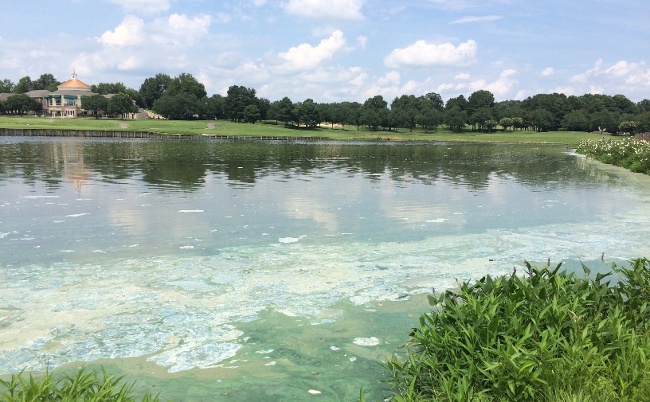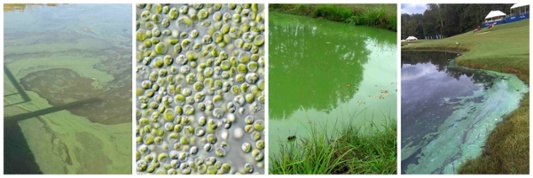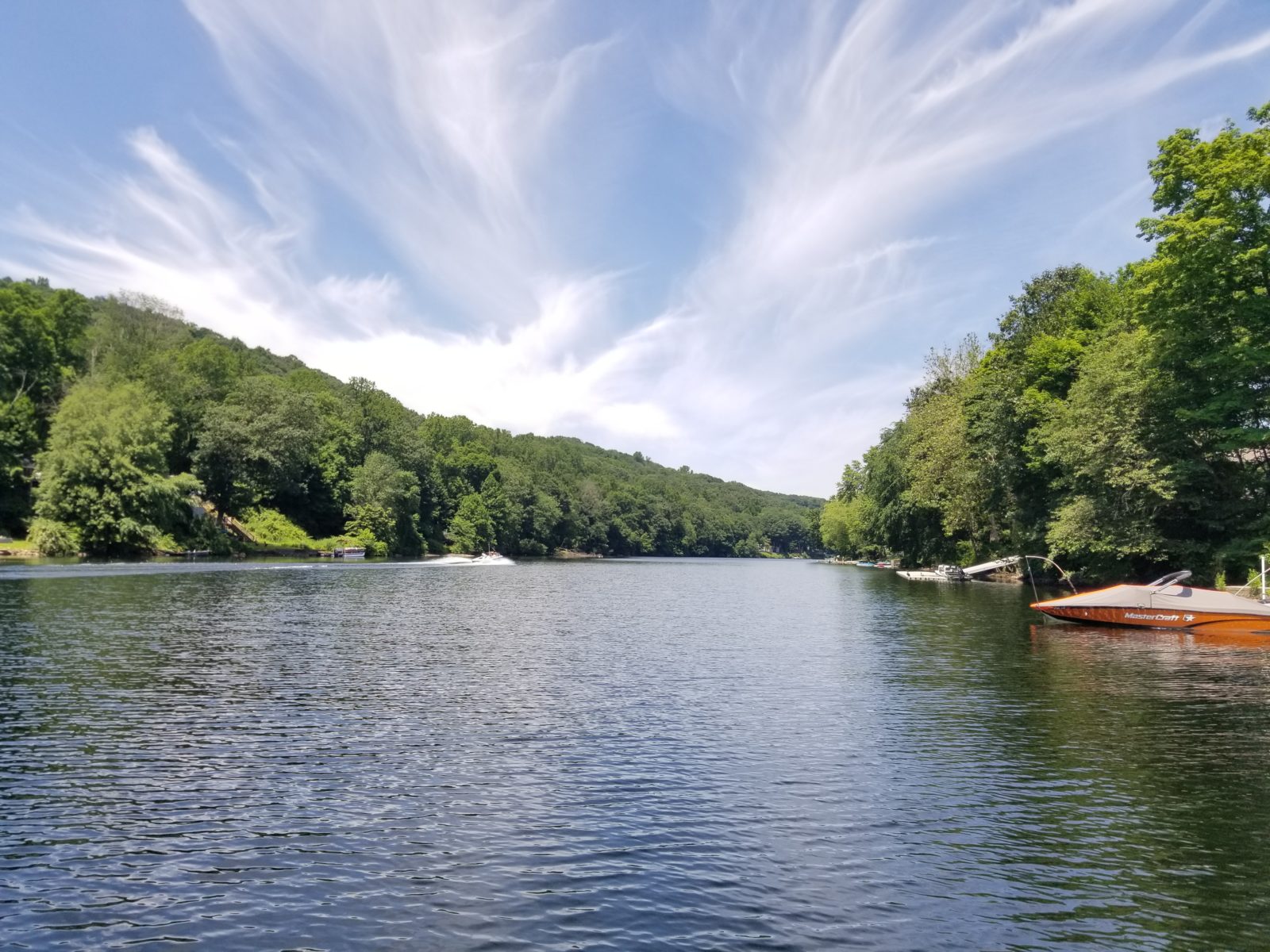6 Tips to Protect Your Community from Deadly Toxic Algae
April 16th, 2020

Though coronavirus currently dominates news headlines, another dangerous threat is growing. Harmful Algal Blooms (HABs) become more abundant in our community lakes, ponds and drinking water reservoirs each year as temperatures rise over the spring and summer. In addition to causing skin rashes, liver and kidney damage, nervous system problems, and respiratory complications, the toxins produced by these blooms have suspected links to neurodegenerative diseases like ALS, Alzheimer’s and Parkinson’s. Livestock and pets can also die after ingesting or becoming exposed to algal toxins.
HABs can occur naturally, but have been a problem for decades due to the negative environmental impacts associated with urban development, mass agriculture and pollution. To help keep your community waterbodies safe and available for enjoyment during this time of social distancing, SOLitude recommends the following sustainable tips:

Properly identify HABsAccurate identification of harmful algal blooms is the first step to protect your community and pets from the negative effects of algal toxin exposure. HABs can manifest in parallel streaks or clumped dots. Other blooms may look like spilled blue, green or white paint or turn the water a bright “pea soup” green. Keep an eye out for soupy or oily scum on the surface of the water.
Assess your water quality Lake managers, pond owners and municipality leaders often wait until after a harmful algal bloom appears to examine water quality conditions, but a professional laboratory assessment can help identify water quality impairments and uncover primary causal factors linked to dissolved oxygen, pH, nutrient levels and many other parameters. Over time, this comprehensive water quality data can be used to predict—and prevent—the onset of a bloom without interfering with the use or enjoyment of your waterbody.
Introduce aerationFloating fountains and submersed diffused aerators can be introduced to help consistently circulate warm, stagnant water, thus creating water quality conditions that do not sustain algae. Likewise, premium aeration alternatives like nanobubble technology can be used to directly eliminate algae and dangerous cyanotoxins while balancing water quality.
Dispose of organic materialsFollowing yard work, leaves, grass and other debris should be bagged and removed from the property to prevent them from accumulating and decaying in nearby waterbodies. When organic materials are allowed to decompose in water resources, they result in nutrient pollution, which can create poor water quality conditions. Luckily, nutrient imbalances are not permanent and can be reversed with the use of sustainable nutrient-locking technologies that remove excess Phosphorus and Nitrogen from the water column.
Restore aging shorelinesAdditional steps should be taken to intercept runoff containing sediment, trash, pet waste and other organic materials from entering lakes and ponds during rainstorms. Allow native flowering, deep-rooted vegetation to grow, untrimmed, three to five feet from the edge of your waterbody in a beautiful vegetative buffer. If erosion has taken too much of a toll on your waterbody over the years, consider creating a bioengineered living shoreline.
Apply beneficial bacteriaAnother way to limit algae is by limiting its food source. This can be done by introducing desirable bacteria and enzymes to your waterbody through a process called biological augmentation. The beneficial bacteria can help consume the excess pond nutrients that fuel nuisance algae blooms and help facilitate the degradation of the organic nutrient sources.
Have you identified a potential Harmful Algal Bloom in your community? Contact your freshwater management professional to create a sustainable management plan.
Contact Us About Toxic Algae Bloom
Find Your Balance
Watch Free Webinar
Find Your Water Quality Solution
Contact the experts at 888-480-5253 for all of your lake, stormwater pond, wetland and fisheries management needs.
SOLitude Lake Management is a nationwide environmental firm committed to providing sustainable solutions that improve water quality, enhance beauty, preserve natural resources and reduce our environmental footprint. SOLitude’s team of aquatic resource management professionals specializes in the development and execution of customized lake, stormwater pond, wetland and fisheries management programs that include water quality testing and restoration, nutrient remediation, algae and aquatic weed control, installation and maintenance of fountains and aeration systems, bathymetry, shoreline erosion restoration, mechanical harvesting and hydro-raking, lake vegetation studies, biological assessments, habitat evaluations, and invasive species management. Services and educational resources are available to clients nationwide, including homeowners associations, multi-family and apartment communities, golf courses, commercial developments, ranches, private landowners, reservoirs, recreational and public lakes, municipalities, drinking water authorities, parks, and state and federal agencies. SOLitude Lake Management is a proud member of the Rentokil Steritech family of companies in North America.










